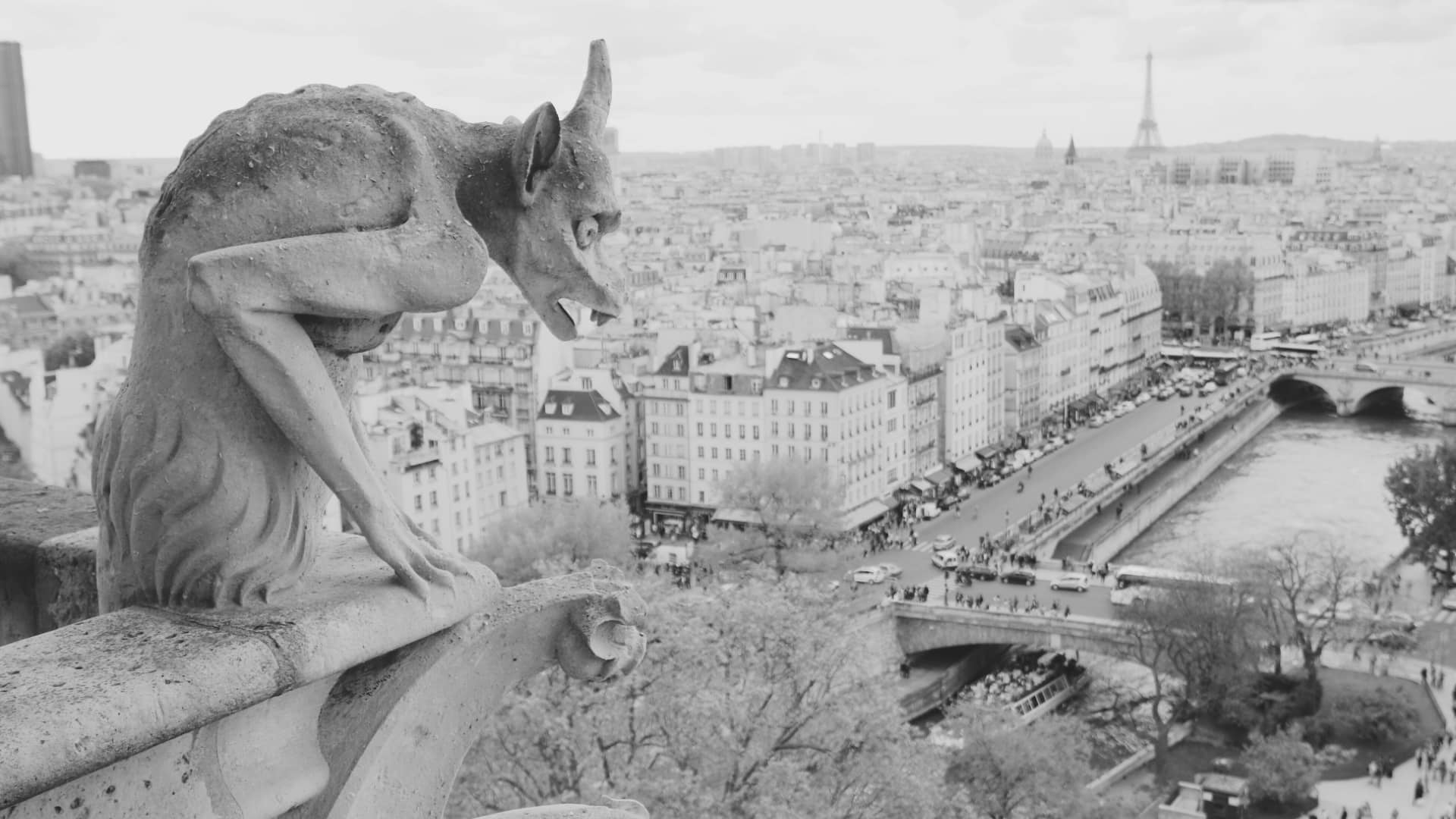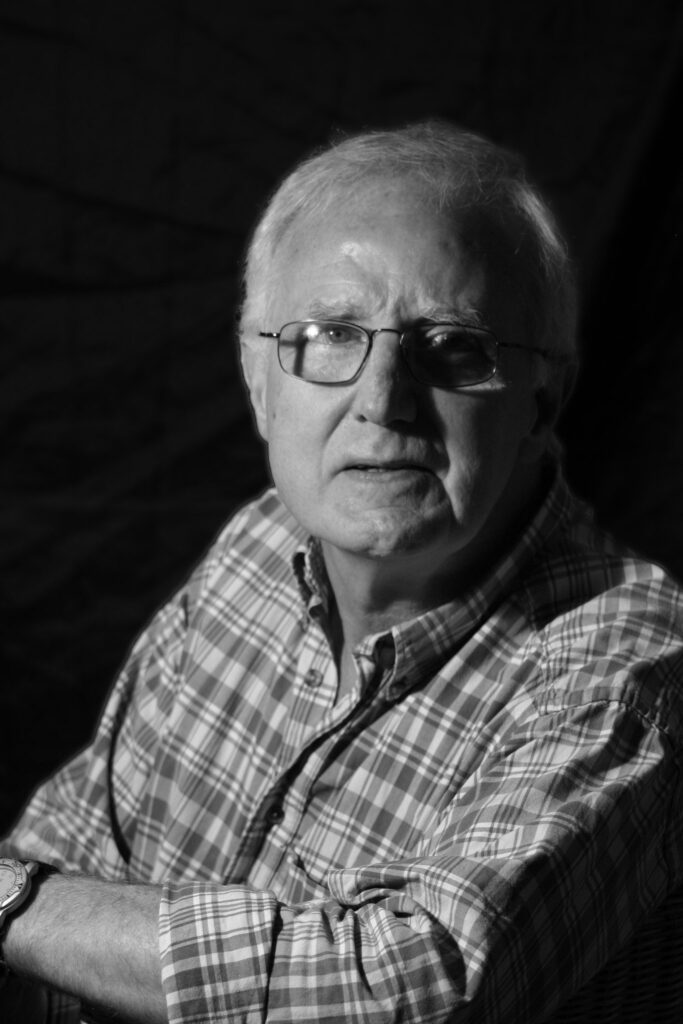If you’re a writer, it’s the classic interview question (or even the one that just occurs in general everyday chat.) ‘Where do you get your ideas from?’
If ‘getting ideas’ were a rational, recognisable process, the answer would be easy. In fact, the question wouldn’t need to be asked. But the number of books, stories, plays and other imaginings that demand twists, manipulations of apparent ‘truths’, the creation of alternative realities and action sequences that seem only marginally dependent on ‘facts’ just keep on multiplying, so the supply of those all-important ‘ideas’ seems healthy and, well, ‘normal’.
So rather than indulge in speculation about the workings of the writer’s brain or analyse what gave Thomas Hardy the brilliant idea of making Jude the Obscure walk to the middle of an icy pond, jump on the cracking ice, fail to drown himself and, consequently suppose that he was ‘not a sufficiently dignified person for suicide’, I’ll take what to me was a simple personal example, which became a story I co-wrote with the hugely talented Eden Baylee, and not bother with any ‘analysis’.
When, like me, you live in Aberdeen, a lovely city on the north-east coast of Scotland, the chances of sitting in the warm evening sun with your wife, sipping an excellent but surprisingly inexpensive white wine, are rare. However, when they do occur, one tends to make the most of them. And that was the case very recently. We’re fortunate to have, at the back of the house, a long, well-stocked garden with what I presume is called a patio between it and the back door. This patio consists of large, flat paving slabs on which sit various benches, two chairs and two small round tables. When the sun begins to curve its way down towards night-time, it’s the perfect place to sit, relax and unwind.
Which is exactly what was happening on one particular August evening this year. My wife had poured two glasses for us and, as she was setting the bottle back on the table, she noticed that it (the table, not the bottle) was ‘a bit wobbly’. I looked and, sure enough, because of the unevenness of a couple of the slabs, there was a small gap between one of them and the table leg. Being a man, I took it upon myself to remedy the situation, got up, went into the house, grabbed a piece of paper from my desk, went back outside, folded the paper a few times, pushed it under the leg to plug the gap and we both continued enjoying the wine and sunshine.
It was only later, when we were back inside eating dinner that the ‘idea’ occurred to me. ‘What if…’ I thought, ‘…the husband in this scenario went back into the house before the wife and as she was getting up to follow him in, her eye was caught by the piece of paper. She picked it up, unfolded it and it turned out to be some sort of compromising material?’
And so a story was born. I wrote the first part, which essentially covered the sequence I’ve just been describing, then handed it over to my brilliant co-writer, Eden. There was no collaboration between us – she could have chosen for it to be a note from the husband’s lover, a lawyer’s advice about possible divorce proceedings, a letter about the husband’s serious heart condition or anything.
The moral of it all? There isn’t one, except, perhaps, to say that ‘ideas’ for stories aren’t necessarily brainwaves. Now and again, just try looking at simple, everyday nothings from different angles.

